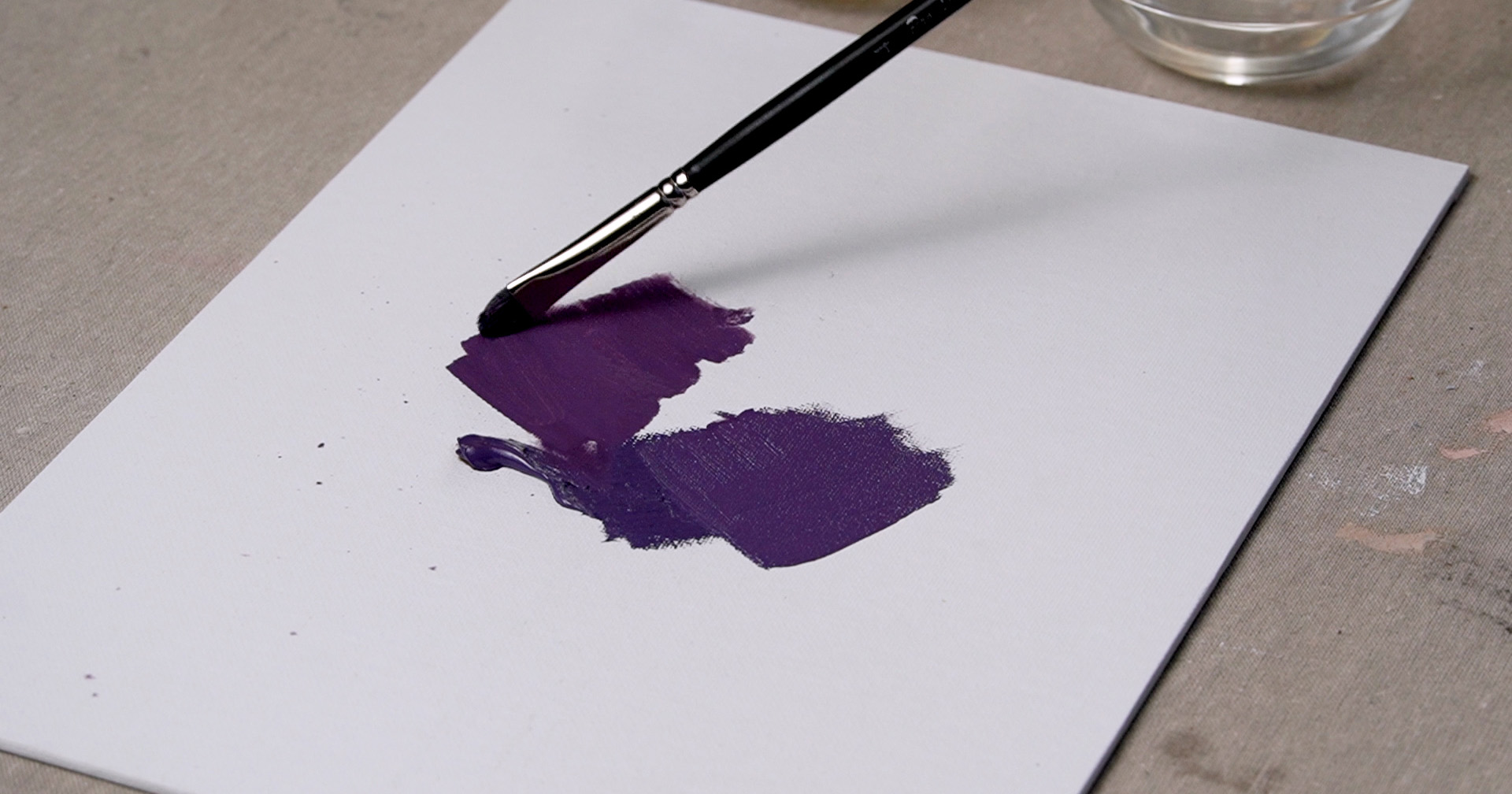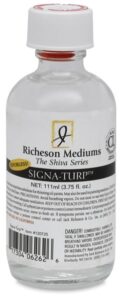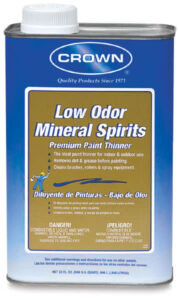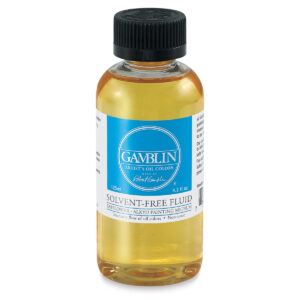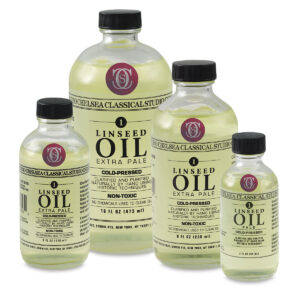There’s a “rule” in oil painting that you’ve likely heard: Paint fat over lean. In case you’re not sure exactly what that means, or whether it applies, let’s break it down.
Some Background
To understand this principle, it’s necessary to understand the basic structure of oil paints. Oil paints are simply pigment and oil. The oil is necessary as a “vehicle;” that is, a means of controlling the distribution of pigment and its binding to the painting’s surface. Over time, the oil dries, entrapping the pigment in a durable film. This provides the finished painting with a rich and luminous quality that viewers identify with oil painting.
Fat vs Lean
Oil paint applied directly from the tube has a rather thick, buttery quality. For this reason, a painter might only be provided enough paint for a few thick brushstrokes. To cover a larger area, an artist needs to modulate the viscosity of the paint. This can be done in two ways. The first way is to improve the flow by adding more oil to the paint. The second way is to thin the oil by adding a solvent, degrading the structure of the oil binder. These two methods of modulating oil paint is where we get the terms “fat,” meaning paint that contains more oil, and “lean,” referring to paint that’s been thinned with solvent.
Why is this important? Remember, the pigment is suspended within a layer of oil, so the structural integrity of that layer becomes an important factor in the longevity of an oil painting. Lean layers of paint dry faster and shrink more quickly, while fat layers dry more slowly and remain flexible longer. If you apply a lean layer over a fat one, the lean paint will dry and shrink faster, leading to cracks in the more flexible, oily layer beneath it.
What Should You Do?
To put this into practice, you would want to use your “lean” layers — those thinned with mineral spirits or other solvents – to make up your initial layers. As you build your subsequent layers, reduce your solvent use and incorporate linseed oil or painting medium.
If you’re working wet-into-wet, this general rule can also help with layering of color. If your initial “lean” layers, are allowed some time to sit, your subsequent “fat” layers can be applied without too much mixing with the underlayer.
What Should You Buy?
Here are some options for solvents
Here are some options for mediums
Final Thoughts
If you’re just learning to paint, pick up some solvent, grab a bottle of medium, and follow the “fat over lean” principle. To learn more about oil mediums, check out this article here.

Sources:
- “Fat over Lean Rule Explained.” Winsor & Newton–North America. winsornewton.com/na/masterclass/fat-over-lean.
- “Confusing Concepts in Oil Painting: Fat over Lean.” Natural Pigments. naturalpigments.com/artist-materials/oil-painting-fat-over-lean.
